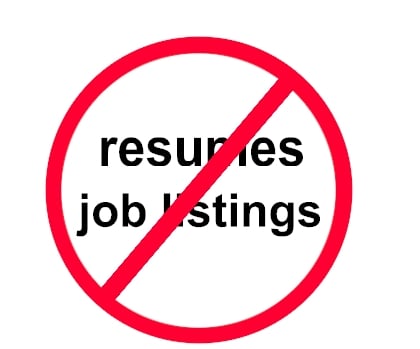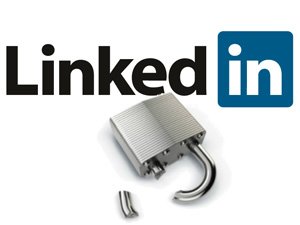In the October 1, 2013 Ask The Headhunter Newsletter, a stay-at-home mom is ready to re-start her career:
I know someone who plans to return to work in the fall. She has been a stay-at-home mom for several years. She is a college graduate with about two years of work experience. How do you recommend she begin her job search? She has a degree in history with a Spanish minor but is not interested in teaching.
Nick’s Reply
Your friend could just start looking for open jobs and then apply to hundreds if not thousands of them, like most people do.
Or, she could decide what work she really wants to do, then go after it with motivation and gusto. She could get a job through inside contacts, because that’s how most jobs are filled.
The following tips are summarized from my PDF book, How Can I Change Careers?, and in particular from the section titled, “The Library Vacation.” (The book is not just for job changers, but for anyone who wants to show an employer why you’re the profitable hire.)
 First, she should avoid looking for a job. That’s right: Forget about jobs. Jobs come from identifying good companies, products and people. She should make choices about these before examining any jobs, and she should start by going to the local library’s magazines and periodicals section. She should scan business and specialty publications to find products, services and companies that motivate her. This can take a bit of time, but so does meeting your future spouse. Do it carefully and thoughtfully.
First, she should avoid looking for a job. That’s right: Forget about jobs. Jobs come from identifying good companies, products and people. She should make choices about these before examining any jobs, and she should start by going to the local library’s magazines and periodicals section. She should scan business and specialty publications to find products, services and companies that motivate her. This can take a bit of time, but so does meeting your future spouse. Do it carefully and thoughtfully.
Second, she should pick a small handful of companies — no more than four or five that produce products or services she’s interested in — and research them, drilling down into each industry, company, product, technology and job function. These will be her target companies. Her objective is to learn enough to be able to talk about these intelligently.
So far, she’s looked at no job postings and has sent out no resumes. We’re skipping those steps altogether because they’re a waste of time.
Third, she should start scouring the Internet for the names of people connected to these companies. Databases like LinkedIn and publications online, from the Wall Street Journal to the local newspaper, make this pretty easy. Reading about these people and about what they have to say about their work, their companies and their industries is important.
Finally, she needs to start contacting them. No, I don’t mean inviting them to connect on LinkedIn; that’s a fool’s errand and another waste of time. She can actually meet the right people pretty easily if she invests the time. They’re people that can lead her to her future boss.
When talking to these new contacts, never ask for a job lead. (People hate that.) Instead, talk shop, because people love to talk about their work. Ask for advice and insight about their industry. Ask a smart question about the topic they discussed in an article or on a forum. Ask them what they are reading lately that influences their work. Ask them what they like about their industry and employer. Ask what advice they’d give you, if you wanted to work at their company. Make a friend.
This seemingly circuitous route to a job is how most business is done, whether people realize it or not. People love to complain that, “The other guy got the job (or the sale) because it was wired for him! He knows someone on the inside!”
But that’s not the point. The point is that the person on the inside knows the person looking for a job. The trust in that connection enables the insider to make a choice that minimizes risk and increases the chances of a positive outcome. This is how companies hire. Your friend needs to learn how this works, and do it herself. She needs to become the insider who gets the job.
How did we go from researching companies and products your friend is interested in to making friends with people she doesn’t know? We did it honestly. If she pursues products and companies she’s honestly motivated about, it will be easier to introduce herself and talk to the people connected to them. Her questions about work, business and opportunities will be easier and more genuine. Dialogue based on honest interest turns into advice and introductions to hiring managers. Insiders recommend people they know, even if they’ve met them recently. They like to recommend people who demonstrate an honest interest in the work and the business.
And that’s why the way to beat the “insider” who has a job “wired” is to become an insider yourself, honestly and with integrity.
There is nothing easy about this approach. But there’s nothing easy about sitting around waiting for people you don’t know to find your application on an online job board — or for sixth-degree links on LinkedIn to “connect” to you.
Learn more about how to Get In The Door (way ahead of your competition).
Do you have a story about surmounting the odds to get in the door? Is it easier to get a job you really want, than a random job you found online?
: :







